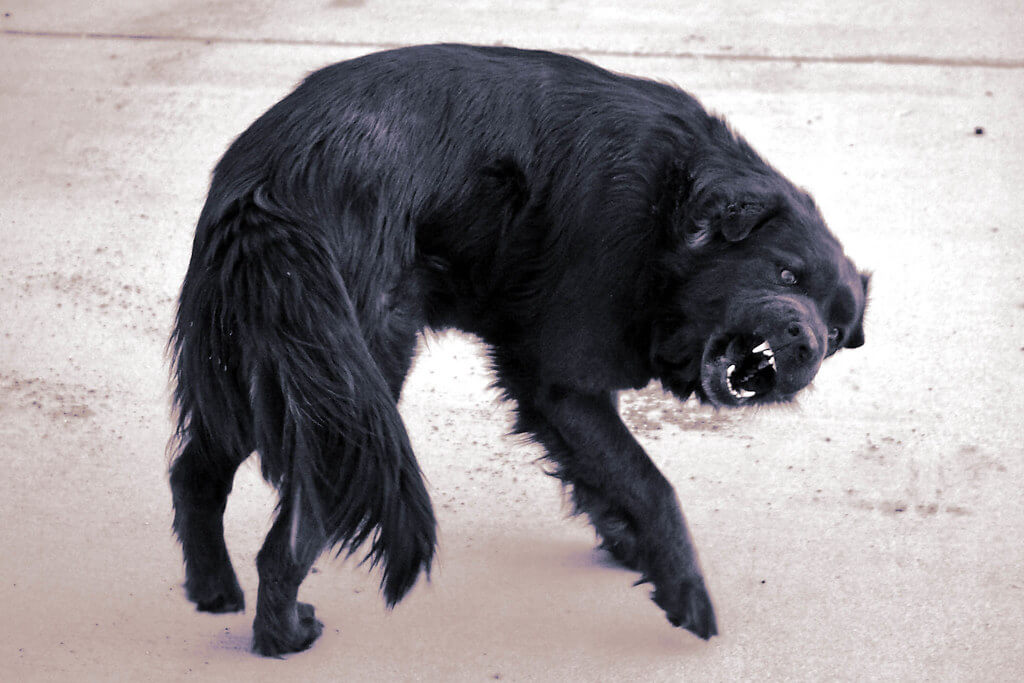How to Stop Food Aggression in Dogs
Food aggression in dogs is when a dog shows aggression, such as growling or biting, when it feels its food is threatened. This can be dangerous for both the dog and its owners. Learning how to stop food aggression in dogs is important for creating a safe and happy home.
Addressing food aggression is key to preventing harm and building trust with your dog. If ignored, it can cause more anxiety and harm your relationship with your pet.
In this guide, we will explain the reasons behind food aggression and how to spot it early. We’ll offer practical steps on how to stop food aggression in dogs, including tips on prevention, training methods, and when to seek professional help. We’ll also discuss common mistakes to avoid and share success stories from other dog owners.
By the end of this blog, you’ll know how to recognize, address, and stop food aggression in your dog, helping you to ensure a safe and loving environment for your furry friend.
Step-by-Step Guide How to Stop Food Aggression in Dogs
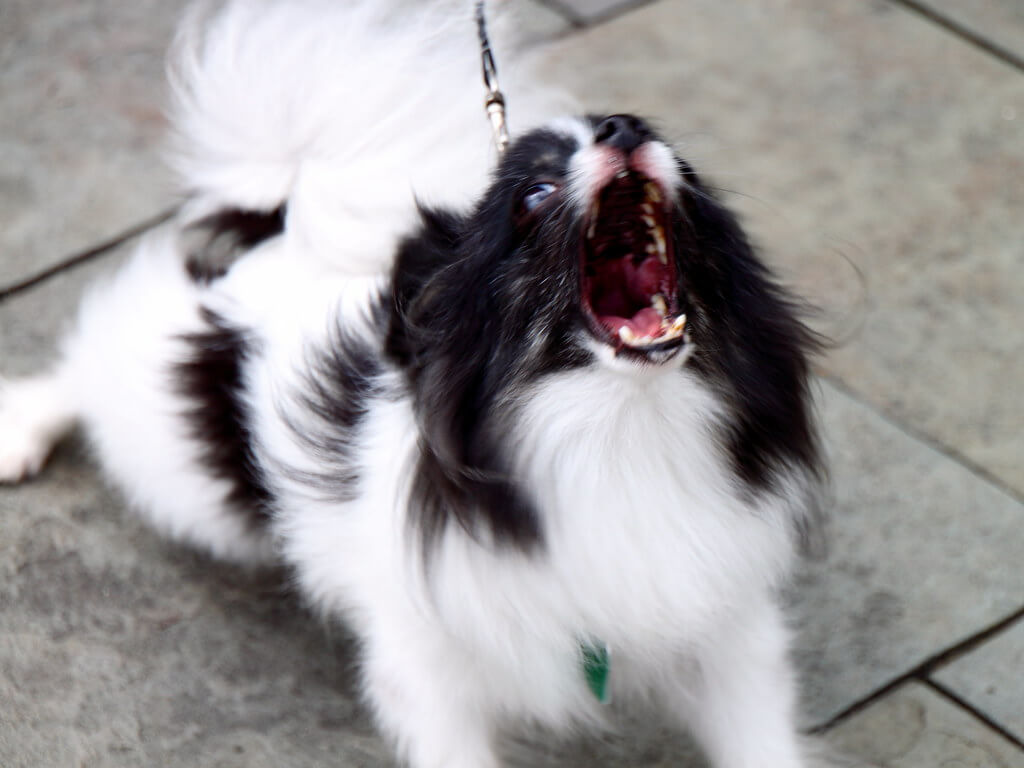
Food aggression in dogs can be a concerning behavior that needs to be addressed promptly and effectively. Here’s a detailed step-by-step guide to help you stop food aggression in your dog:
-
Desensitization and Counter-Conditioning:
- Gradual Approach to Reducing Fear and Anxiety: Start by gradually exposing your dog to triggers that cause food aggression, such as your presence during mealtime. Begin at a distance where your dog remains calm and slowly decrease the distance over time.
- Techniques for Desensitizing a Dog to Human Presence During Mealtime: During mealtime, sit near your dog without interacting or making sudden movements. Reward calm behavior with treats or praise. Repeat this process, gradually increasing your proximity to the dog while they eat.
-
Hand Feeding Techniques:
- Building Trust Through Hand Feeding: Hand feeding is an excellent way to build trust with your dog. Start by offering small portions of their meal by hand, allowing them to eat from your palm. This makes it easier for people to connect your presence with good things.
- Benefits and Steps for Implementing Hand Feeding: Hand feeding encourages bonding between you and your dog while reinforcing good behavior. Gradually transition from hand feeding to placing the food in their bowl, ensuring they remain calm and relaxed during the process.
-
Using a Separate Feeding Area:
- Creating a Safe and Quiet Feeding Environment: Choose a quiet and secluded area for your dog’s meals to minimize distractions and reduce stress. This helps create a safe space where your dog can eat without feeling threatened.
- Ensuring the Dog Feels Secure During Mealtime: Place your dog’s food bowl in the designated feeding area and allow them to eat undisturbed. Avoid approaching or touching them while they eat to prevent triggering their food aggression.
-
Training Commands:
- Teaching “Leave It” and “Drop It” Commands: Teach your dog commands such as “leave it” and “drop it” to redirect their focus away from food aggression triggers. Practice these commands during training sessions, and reinforce them with rewards.
- Practicing and reinforcing commands regularly: Consistent practice is key to reinforcing obedience and managing food aggression. Incorporate training sessions into your daily routine to ensure your dog understands and follows commands effectively.
-
Managing Multiple Pets:
- Strategies for Feeding Multiple Pets to Avoid Competition: Separate your pets during mealtime to prevent competition and reduce the risk of food aggression. Provide each pet with their feeding area and monitor their behavior closely.
- Supervised Feeding Sessions: Supervise feeding sessions to ensure that each pet eats peacefully. Intervene if any signs of aggression arise and provide guidance to establish a harmonious feeding routine.
-
Behavioral Modification Techniques:
- Gradual Exposure to Food and Presence: Gradually expose your dog to food and your presence to desensitize them to triggers that cause aggression. Use positive reinforcement to reward calm behavior and encourage a positive association with mealtime.
- Positive Reinforcement for Calm Behavior: Reward non-aggressive behavior with treats, praise, or affection to reinforce positive habits. Consistency and patience are essential in promoting long-term behavioral change.
What is Food Aggression in Dogs?

Food aggression in dogs is a behavior where a dog shows aggressive actions to protect its food. This can happen when the dog feels threatened or thinks its food might be taken away. Aggressive behaviors include growling, snapping, or even biting to guard its meal.
There are different types of food aggression:
- Growling: This is often the first sign of food aggression. The dog makes a low noise to warn others to stay away.
- Snapping: This is a quick, biting motion without making contact. It’s a stronger warning than growling.
- Biting: This is the most severe form, where the dog actually bites to protect its food.
Understanding these behaviors is essential when learning how to stop food aggression in dogs.
Statistics show that food aggression is quite common among dogs. For example, a survey by the American Society for the Prevention of Cruelty to Animals (ASPCA) found that up to 20% of dogs show some form of food aggression. Anecdotes from dog owners often highlight the same issue, describing their pets becoming tense or hostile during mealtimes.
Recognizing and addressing these behaviors early is crucial. In the above sections, we will explore how to stop food aggression in dogs, offering practical tips and solutions to help create a safer and more comfortable environment for both you and your dog.
Causes of Food Aggression in Dogs
Understanding the causes of food aggression in dogs is essential for addressing and preventing this behavior. Here are some common reasons why dogs might develop food aggression:
- Instinctual Behavior and Natural Instincts: Dogs are naturally protective of their resources. In the wild, food is scarce, so animals must guard it to survive. This instinct can carry over into domesticated dogs, making them aggressive around their meals.
- Past Experiences and Trauma: Dogs that have experienced food scarcity or abuse may develop food aggression. If a dog has had to fight for food in the past, it might continue to do so even in a safe environment. Understanding this history is important in learning how to stop food aggression in dogs.
- Resource Guarding Behavior: Some dogs are naturally more inclined to guard their resources, including food, toys, or even their favorite spot. This behavior is about controlling access to valuable items, and food is often the most prized resource.
- Competition Among Pets: In homes with multiple pets, competition can lead to food aggression. If dogs feel they must compete for food, they might become aggressive to ensure they get their share. This can be a significant factor in multi-pet households.
- Medical Conditions: Sometimes, food aggression can be linked to medical issues. Pain, nutritional deficiencies, or conditions affecting appetite can make a dog more aggressive around food. It’s important to rule out medical causes when figuring out how to stop food aggression in dogs.
By understanding these causes, you can better address and manage food aggression in your dog. In the next sections, we will discuss practical steps and strategies on how to stop food aggression in dogs, ensuring a safer and more harmonious environment for everyone.
Recognizing Signs of Food Aggression
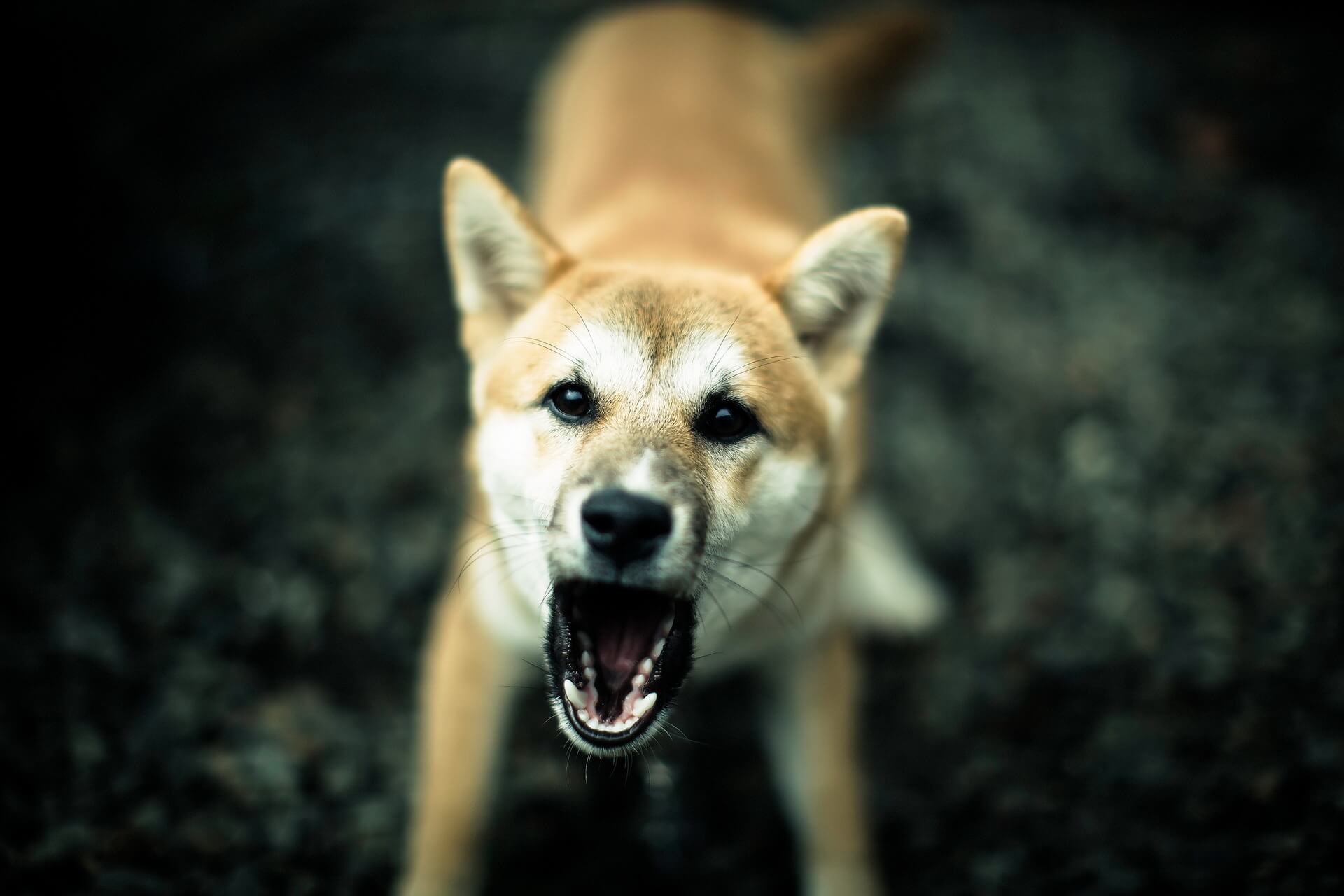
Recognizing the signs of food aggression in dogs is crucial for addressing the behavior early and effectively. Here are some common indicators:
- Early Warning Signs:
- Tensing: The dog’s body becomes stiff and rigid as it eats or when someone approaches.
- Growling: A low, rumbling sound meant to warn others to stay away.
- Staring: The dog may fixate its eyes on the perceived threat, watching closely while eating.
- Noticing these early signs can help you intervene before the behavior escalates. Understanding these signals is key to learning how to stop food aggression in dogs.
- Escalated Behaviors:
- Snapping: A quick, biting motion without making contact, used as a stronger warning.
- Lunging: The dog may suddenly move towards the perceived threat, often with an open mouth.
- Biting: The most severe form of food aggression, where the dog actually bites to protect its food.
- Recognizing these escalated behaviors is essential for taking immediate action to ensure safety and learning how to stop food aggression in dogs.
- Behavioral Cues and Body Language:
- Raised hackles: The fur on the dog’s back may stand up as a sign of aggression.
- Bared teeth: The dog may show its teeth as a warning.
- Rigid posture: The dog’s body may become stiff, with a low, tense stance.
Assessing the Severity of Food Aggression
Assessing the severity of food aggression in dogs is important to determine the right approach to address the behavior. Here’s how you can evaluate the aggression level:
- Mild Aggression:
- Signs: Growling, tensing up, and staring. The dog is warning you to stay away but hasn’t escalated to physical actions.
- Handling: Mild aggression can often be managed with consistent training and behavior modification techniques. Understanding how to stop food aggression in dogs at this stage can prevent it from getting worse.
- Moderate Aggression:
- Signs: Snapping, lunging, and more intense growling. The dog may lunge towards the perceived threat without making contact.
- Handling: Moderate aggression requires more structured training and possibly professional help. It’s important to take steps on how to stop food aggression in dogs before it escalates further.
- Severe Aggression:
- Signs: Biting, full attacks, and highly aggressive behavior. The dog poses a significant risk to anyone near its food.
- Handling: Severe aggression often needs immediate professional intervention. Specialized training and safety precautions are essential.
- Importance of Professional Assessment:
- Why It’s Needed: A professional can accurately assess the severity and underlying causes of the aggression. They can develop a tailored plan to address the behavior effectively.
- Benefits: Professional assessments help ensure that the methods used are safe and appropriate for your dog’s specific situation.
- When need to get Help from a Veterinarian or Animal Behaviorist:
- Veterinarian: If your dog’s aggression is sudden or if there are signs of illness or pain, it’s essential to rule out medical issues. A vet can identify if there’s a health problem contributing to the aggression.
- Animal Behaviorist: If the aggression is severe or persists despite your efforts, an animal behaviorist can provide specialized training and support. They have the expertise to handle complex cases and can teach you how to stop food aggression in dogs effectively.
Preventive Measures for Food Aggression
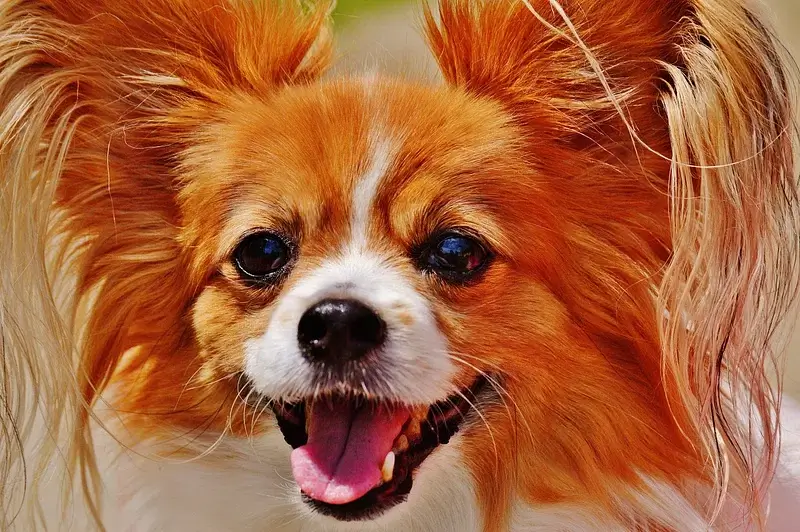
Taking preventive measures is crucial in ensuring that food aggression does not develop in your dog. Here are some effective strategies to prevent food aggression:
- Proper Socialization from a Young Age:
- Importance: Socializing puppies early helps them become comfortable with people and other animals around their food.
- How to Do It: Gradually expose your puppy to different environments, people, and other pets while they eat. This helps them learn that their food is safe and won’t be taken away.
- Controlled Feeding Routines:
- Consistency: Feed your dog at the same times and in the same place every day to create a predictable routine.
- Supervision: Initially supervise your dog during mealtimes to ensure they are comfortable and to intervene if any signs of aggression appear. Understanding how to stop food aggression in dogs starts with establishing controlled feeding routines.
- Positive Reinforcement Training:
- Reward Calm Behavior: Praise and reward your dog when they display calm behavior around food. This reinforces the idea that good things happen when they remain calm.
- Commands: Teach basic commands like “sit,” “stay,” and “leave it.” Practice these commands during mealtimes to encourage obedience and reduce aggressive tendencies. Positive reinforcement is key in learning how to stop food aggression in dogs.
- Avoiding Situations that May Trigger Aggression:
- Separate Feeding Areas: If you have multiple pets, feed them in separate areas to reduce competition and stress.
- No Disturbances: Ensure that your dog is not disturbed while eating. Avoid reaching for their food or making sudden movements near them during mealtime.
When to Seek Professional Help
Recognizing when to seek professional help is essential for effectively addressing food aggression in dogs. Here are some signs and considerations:
- Signs that Professional Intervention is Needed:
- Persistent or escalating aggression despite your efforts to manage it.
- Aggressive behavior that poses a risk to you, your family, or other pets.
- Any signs of injury or medical issues associated with food aggression.
- Difficulty in managing the behavior on your own.
- Types of Professionals Who Can Help:
- Veterinarians: They can rule out medical causes for aggression and provide guidance on behavioral issues.
- Certified Dog Trainers: Trainers can offer structured training programs to address food aggression.
- Animal Behaviorists: Experts in animal behavior can assess your dog’s behavior and develop tailored behavior modification plans.
- What to Expect from Professional Training and Behavior Modification:
- A thorough assessment of your dog’s behavior and triggers for aggression.
- Customized behavior modification plans tailored to your dog’s needs.
- Guidance on implementing training techniques and managing aggressive behavior.
- routine evaluations to track development and make necessary corrections.
Common Mistakes to Avoid
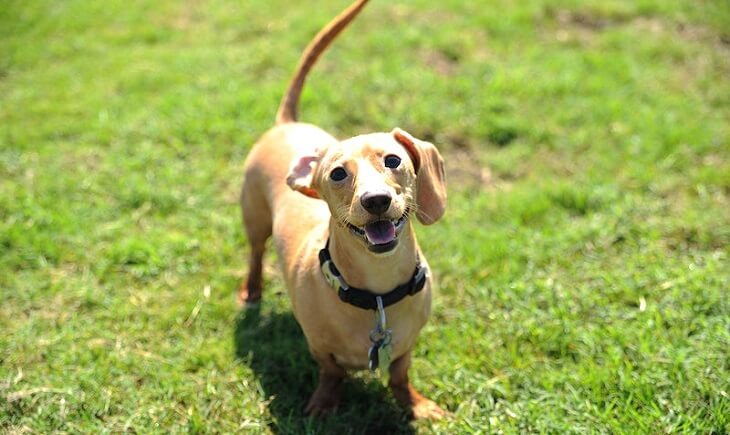
Your attempts to deal with food aggression will be more successful if you avoid typical blunders. The following are some points to be aware of:
- Punishing Aggressive Behavior:
- Punishment can increase fear and anxiety, exacerbating aggression.
- Rather, concentrate on diverting undesirable behavior and providing good reinforcement.
- Feeding from the Table or Inconsistent Feeding Routines:
- Inconsistency in feeding routines can contribute to anxiety and insecurity in dogs.
- Avoid feeding scraps from the table and stick to a regular feeding schedule to establish a routine.
- Ignoring Early Signs of Food Aggression:
- Early signs of food aggression should not be dismissed or overlooked.
- Addressing these signs promptly can prevent escalation and make behavior modification easier.
Tools and Resources
Utilizing tools and resources can support your efforts to address food aggression effectively. Here are some helpful resources:
- Recommended Reading Materials:
- Books and articles on dog behavior and training can provide valuable insights and strategies.
- Some recommended reading materials include “The Culture Clash” by Jean Donaldson and “Don’t Shoot the Dog” by Karen Pryor.
- Online Resources and Training Videos:
- Websites, forums, and video channels dedicated to dog training and behavior offer a wealth of information and instructional videos.
- Platforms like YouTube and online training courses provide accessible resources for learning effective techniques.
- Tools like slow feeders, puzzle toys, and training aids:
- Slow feeders and puzzle toys can help slow down mealtime and reduce food-related anxiety.
- Training aids such as clickers and treat pouches can facilitate positive reinforcement training.
Case Studies and Success Stories
Learning from real-life examples can provide inspiration and guidance in addressing food aggression. Here are some sources of case studies and success stories:
- Real-Life Examples of Dogs Overcoming Food Aggression:
- Books, articles, and online forums often feature stories of dogs successfully overcoming food aggression through training and behavior modification.
- These stories can offer valuable insights into effective strategies and the potential for positive change.
- Testimonials from Pet Owners and Trainers:
- Pet owners and trainers may share their experiences and success stories on social media platforms, blogs, or community forums.
- These testimonials can provide encouragement and motivation for those facing similar challenges.
Conclusion
Addressing food aggression in dogs requires patience, dedication, and the right approach. By recognizing the signs, seeking professional help when needed, avoiding common mistakes, and utilizing tools and resources effectively, you can help your dog overcome food aggression and create a safe and harmonious environment for mealtime. Remember, every dog is unique, and progress may take time, but with perseverance and support, you can make a positive difference in your dog’s behavior and well-being.

